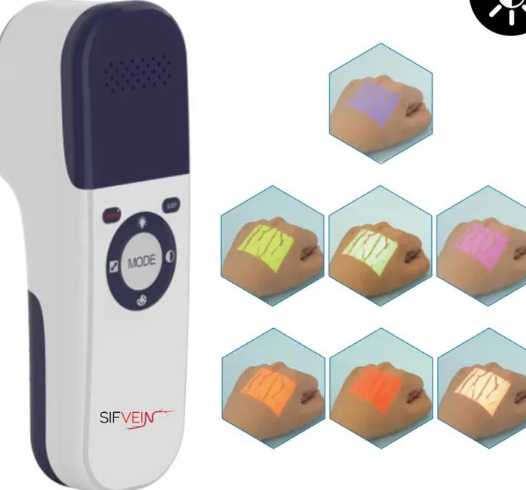Virtual Presence Robots
Stroke Rehabilitation Gloves
Stroke rehabilitation gloves are specialized devices designed to aid in the recovery process for individuals who have experienced a stroke. These gloves are often embedded with sensors and actuators that assist in the rehabilitation of hand and finger movements. By providing both passive and active support, these gloves help patients regain strength, dexterity, and motor skills. They work by engaging the user in repetitive, therapeutic exercises that stimulate neural pathways, promoting recovery. Advanced models can be connected to software that tracks progress and adjusts the level of assistance based on the patient's needs, making them an essential tool in modern stroke rehabilitation.
Dentistry Laser System
The dentistry laser system represents a significant advancement in dental care. This technology uses focused light beams to perform a variety of dental procedures with precision and minimal discomfort. Lasers in dentistry can be used for procedures such as cavity preparation, gum reshaping, and teeth whitening. They offer numerous benefits over traditional methods, including reduced pain, minimized bleeding, and faster healing times. Moreover, dental lasers are often less invasive, reducing the need for anesthesia and making the dental experience more comfortable for patients.
Laser Treatment for Sciatica Pain
Laser treatment for sciatica pain is an innovative approach to managing this debilitating condition. Sciatica is characterized by pain radiating along the sciatic nerve, often caused by herniated discs or spinal stenosis. Laser therapy works by targeting the affected area with concentrated light energy, which reduces inflammation, relieves pain, and promotes tissue repair. This non-invasive treatment option can provide significant pain relief and improve mobility, making it a valuable alternative to traditional pain management methods such as medication or surgery.
Medical Laser for Pain Relief
Medical lasers are increasingly used for pain relief across various conditions. These devices emit specific wavelengths of light that penetrate the skin and interact with tissues to reduce inflammation and promote healing. Conditions like arthritis, tendonitis, and muscle sprains can benefit from laser therapy, which offers a non-invasive, drug-free solution for pain management. By stimulating cellular activity and increasing blood flow, medical lasers can accelerate recovery and provide lasting pain relief, improving patients' quality of life.
Portable Surgery Laser System
The portable surgery laser system is a breakthrough in medical technology, offering surgeons the flexibility to perform precise procedures outside of traditional operating rooms. These compact, mobile devices are equipped with advanced laser technology, allowing for minimally invasive surgeries with reduced risk of infection and faster recovery times. Portable laser systems are particularly useful in field hospitals, remote locations, and during emergency situations where immediate surgical intervention is required. Their portability ensures that high-quality surgical care can be delivered wherever it is needed.
Telepresence Robot
Telepresence robots are remote-controlled devices that enable users to be virtually present in a different location. These robots are equipped with cameras, microphones, and screens, allowing users to interact with people and environments in real-time. Telepresence robots are increasingly used in various fields, including healthcare, education, and business, to facilitate remote consultations, meetings, and collaborative work. By bridging the gap between physical and virtual presence, these robots enhance communication and accessibility, making it easier for people to connect and collaborate from a distance.
Virtual Presence Robots
Virtual presence robots take remote interaction to the next level by providing an immersive experience that closely mimics being physically present. These robots often incorporate advanced features such as high-definition video, spatial audio, and autonomous navigation, allowing users to move and interact with their environment as if they were there. Virtual presence robots are valuable in scenarios where physical presence is impossible or impractical, such as remote work, telemedicine, and distant learning. They offer a powerful tool for maintaining human connection and productivity in an increasingly digital world.
Visit here: https://sifsof.com/
